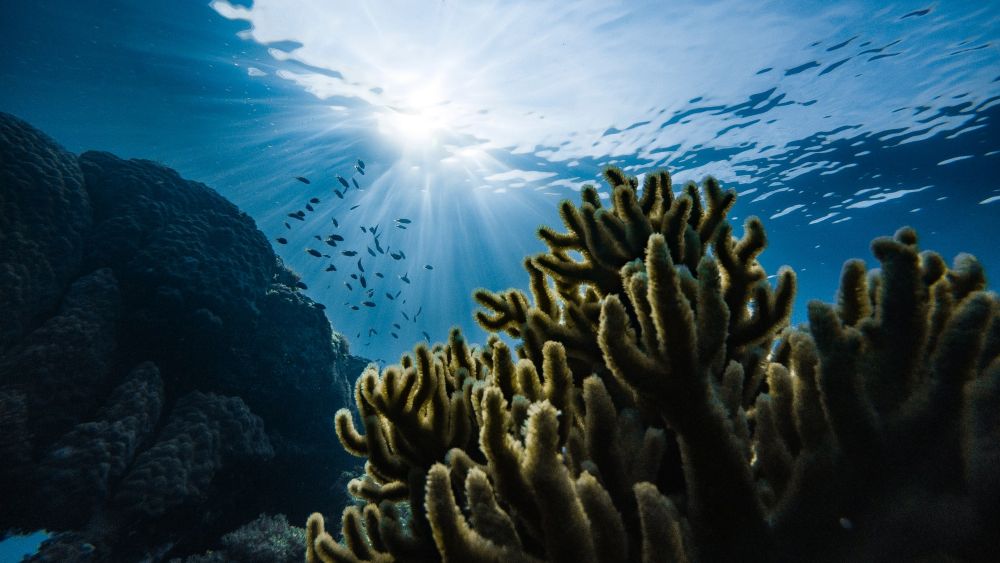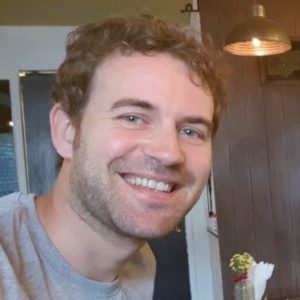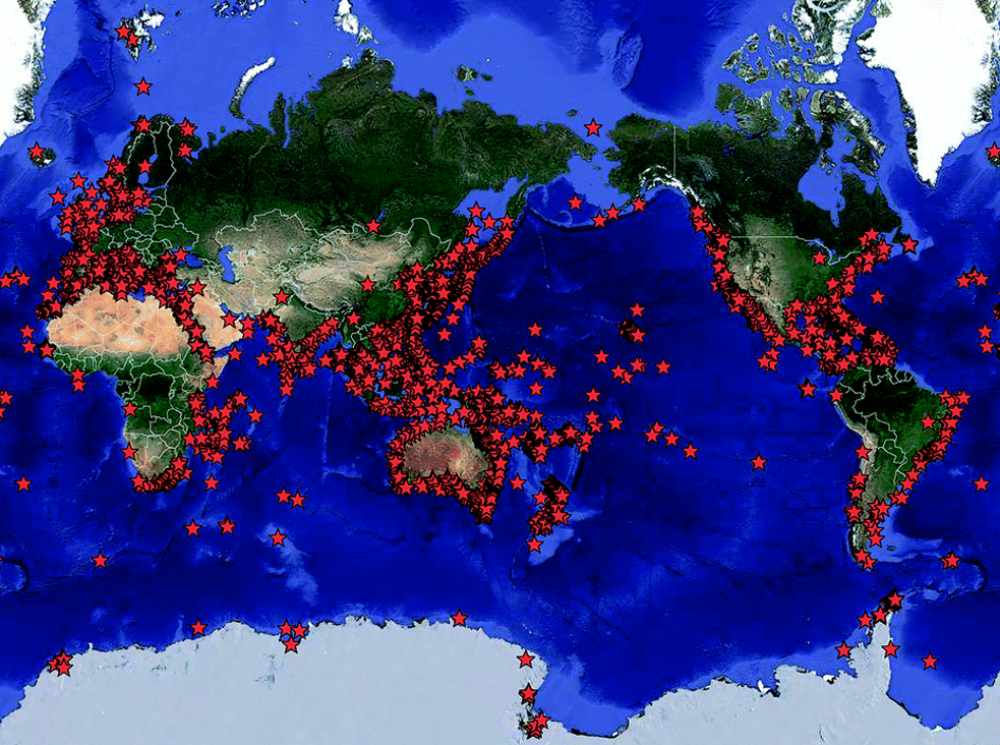

Freelance Life Sciences journalist supporting technological and scientific solutions through content creation and international expansion.
In the oceans of the world the biggest treasures are still waiting to be discovered. They come in the form of bioactive compounds from all kinds of marine organisms and are applicable for healthcare and several other industries. These compounds with valuable properties, some with the potential to become disruptive products in the market can be discovered anywhere under the water, floating in the abysses or hidden in the sediments. Some are the outcome of symbiotic associations, others because of the unique habitats where they have evolved during millions of years. But to navigate the depths can be difficult and expensive.
Although it is well-known that in recent years different compounds have been reported to be used for healthcare, such as neurotoxins from marine snails with painkilling properties or sponges with antibacterial qualities, and for industrial applications, such as fluorescent compounds from jellyfish or novel glues from mussels, most of this natural richness still remains to be discovered. From a total of one million natural compounds known approximately, less than 30,000 come from sea. For example, by current estimations only 1% of the bacteria present in seawater has been investigated.
The scientists working in marine bioprospecting have a fascinating and ambitious challenge ahead. “To find novel compounds you should explore new organisms, and there is a big chance that the next starting point for a new antibiotic or anticancer is coming from the sea”, comments Jeanette Hammer Andersen, professor and head of the research group Marbio at the Arctic University of Norway. “For cancer, there are already medicines on the market that originate from the sea”, professor Hammer explains.
The discovery and collection of a specific bioactive compound requires a long and complex process. The quest starts from fundamental research, understanding the biodiversity associated with different marine ecosystems and how bioactive compounds work.
After the identification of a possible interesting organism or ecosystem, the researchers start to plan strategies to sample it. It could be reached by dangerous deep dive immersions after weeks in a boat, or with more simple collections on the coast. But there are common points in all research groups, one of the most important goals is “trying to collect as biodiverse as possible. This will generate chemical diversity and a higher chance to identify bioactive compounds”, professor Hammer says.
Frozen biomass from the research cruise or petri dishes with plated marine microorganisms will be taken into the lab. From there, chemical extracts are made. After you get pure compounds, you also need to use databases, check if you have found a potential novel compound or not. “If yes this a good start to continue further biological testing” professor Hammer continue, pointing out “one of the main difficulties is to purify and identify the chemical structure of the active compounds”.
Located at the western tip of Brittany, in France, the interdisciplinary research institution LEMAR is trying to understand marine systems too. They use advanced equipment for the extraction of bioactive molecules and the analysis of marine metabolites, metal elements, lipids, peptides or proteins, including 2 biotechnological platforms and other technical facilities. One of their goals is also to develop new marine cell models to test the toxicity of the active molecules.
Each bioactive compound can bring different challenges to the scientists. Gwenaëlle Le Blay, professor, microbiologist, and one of the main members of LEMAR, talked to us representing other researchers of her unit, highlighting that “sometimes [these compounds] are present in very small amounts, and this could therefore be overlooked through the testing and purification, or require several rounds of isolation.” She adds “the more tests you run, the chances of finding new compounds increase, but you do not have sufficient material to do this.”
“After 60 years of research on marine natural products, the classical approach, by screening and bioguided fractionation, is very time-consuming and often leads to the re-isolation of known compounds” professor Le Blay notes. So bioprospecting methods are becoming more sophisticated. LEMAR is targeting new molecules with data mining in the marine genomes, using controlled conditions during laboratory experiments to understand the biosynthesis pathways, or innovating in metabolomic analysis to visualise families of compounds, clusters of molecules from bioactive samples. From the French institution, Gwenaëlle emphasizes that they are also able “to mimic marine cell micro-environments as they function inside organisms, using the innovative live cell analysis and imaging techniques.”
To progress in the field, professor Hammer also stresses to focus on the essentials, “improving the knowledge about marine organisms (genes, chemistry) will still be of importance and for collecting material still traditional ways can be done, since many organisms are still not investigated. But to reach extreme depths sampling could be important.” And she indicates what has room for improvement: “the culturability of the marine microorganisms will also open up a big part of unexplored compounds. And in the lab, new tools and technology will improve sensitivity and increase the chances of discovery.”
Of the few thousands marine natural compounds already known, just a few have been approved, but the progress is accelerating. The last one, in 2021, came from a mollusk and it is used to treat metastatic cervical cancer. As professor Hammer comments, “this shows that there are more and more compounds from the sea that reach the market. Some of the compounds on this list were in development phase for a very long time, but despite this, actually made it. Learning from this, improving technology throughout the pipeline, in the future this list should be longer.”
Thanks to their knowledge and the advance infrastructure, in Marbio, the Nordic institution where professor Hammer is working with her team, they have found, among other achievements, novel chemistry from an invertebrate for the development of selective kinase inhibitors to regulate protein functions, or in a more recent work, a marine fungus with antibacterial activity to fight the Staphylococcus aureus.
In the case of LEMAR, they are innovating in different areas at the same time, such as the RIV-AGE2.0 project, bringing together industrial and academic partners, that has led to new anti-ageing marine active ingredients, or another project for the development of cross-linked marine collagen hydrogels, functionalized with polyphenols from macro-algae and halophyte plants.
The future of marine bioprospecting is exciting. Japan or China have more papers and compounds discovered, but institutions from other countries are catching up, deep areas around the world and most of the Arctic is almost unexplored, or other regions with special geographic characteristics such as Indonesia or Philippines are very promising too.

It is worth noting that extremophiles, organisms that live in extreme environments such as high temperature or pressure, also have been a topic of discussion among scientists due to the special conditions that they live around the world, however Jeannette clarifies “there could be some characteristic that cold adapted organisms do have more effective molecules, but perhaps mostly due to the fact that these areas are less explored”. Professor Le Blay also notes that “one of the difficulties associated with extremophilic organisms, and more particularly with microorganisms, is our capacity to cultivate them in large quantities, it is thus necessary to be able to produce the molecule of interest in other more easily cultivable organisms.”
There is also an unfinished debate about the exploration and access to marine genetic resources, genetic information extracted from the marine environment, in areas beyond national jurisdictions. Currently, Germany, United States and Japan have most of the patents.
Explore all the different bioactive compounds, patents and the countries involved with insciter.com
© 2021 Insciter. All rights reserved. Insciter is a technology application which serves as a search engine and data provider
Trading name of Layer IV Limited. Registered in England and Wales No. 11737675